SOURCE: AFI
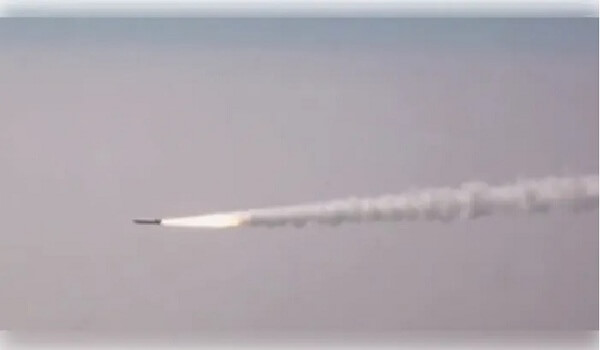
India’s indigenous defense development takes a leap forward with the introduction of the RudraM-II missile. This new weapon system significantly bolsters the Indian Air Force’s (IAF) combat capabilities, offering a potent tool for dismantling enemy defenses.
Drawing inspiration from the well-regarded Russian Kh-31 missile series, the RudraM-II is a testament to India’s growing self-reliance in defense technology. Developed by the Defence Research and Development Organisation (DRDO), it represents a new generation of air-to-surface missiles built entirely within India.
Continue readingSOURCE: AFI
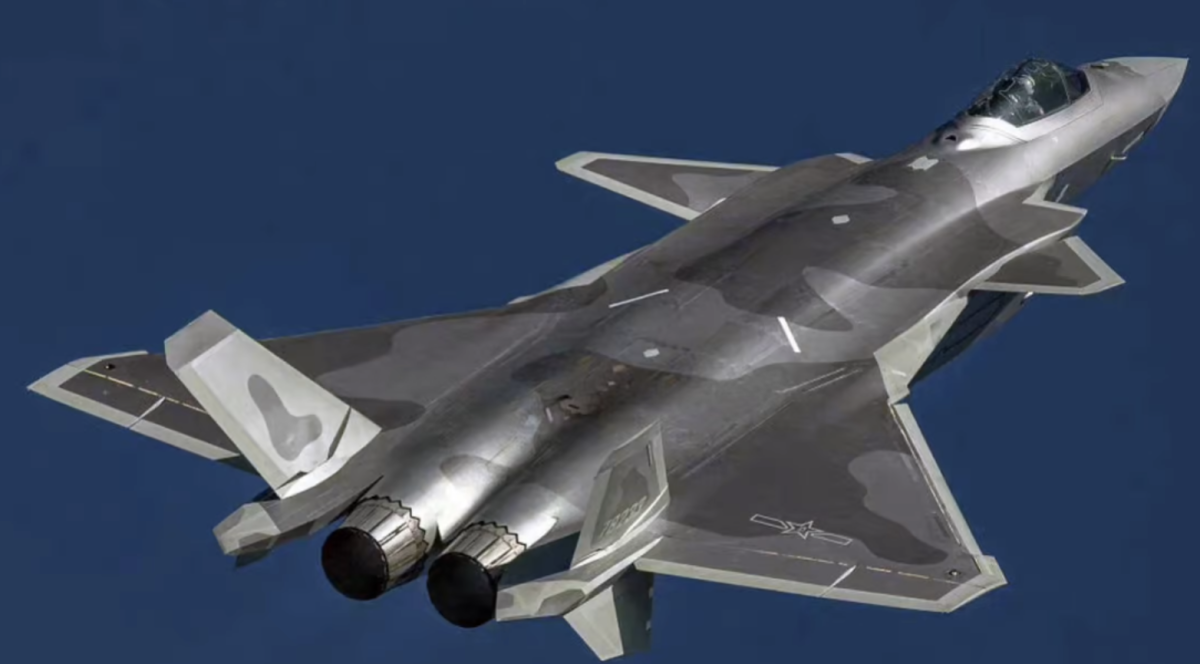
China’s military modernization continues at a rapid pace, with a focus on its next-generation J-20 fighter jet. Reports suggest China aims to have a staggering 1,000 J-20s operational by 2035, signifying a significant expansion of its airpower.
This ambitious goal is backed by a major leap in production capacity. China has reportedly transitioned from building 40-50 J-20s annually to a much faster rate of around 120 per year. This surge is attributed to a new, cutting-edge production method: the ‘pulsating production line.’
Continue readingSOURCE: RAUNAK KUNDE / NEWS BEAT / IDRW.ORG

The Indian Navy’s much-anticipated field evaluation trials for the S-80 Plus diesel-electric submarines equipped with the Bio-Ethanol Stealth Technology (BEST) Air-Independent Propulsion (AIP) system will likely be delayed until 2025.
The delay stems from the sequential rollout of the S-80 Plus submarines being constructed by Navantia for the Spanish Navy. The first submarine to be integrated with the BEST AIP system is Cosme García (S-83). However, its sea trials are expected to commence only later this year or in early 2025. This pushes back the field evaluation trials for the Indian Navy.
Continue readingSOURCE: RAUNAK KUNDE / NEWS BEAT / IDRW.ORG

The Ministry of Defence, Government of India, is seeking information from potential suppliers for the procurement of a Very Short Range Air Defence System (VSHORADS (Vajra)). This system is intended to bolster terminal defense capabilities against a variety of aerial threats. Companies, firms, and vendors with suitable products are invited to submit information that meets or exceeds the specifications outlined below.
The Indian Army requires a robust air defense system to counter evolving aerial threats. The Vajra system is envisioned as an effective terminal defense solution for all three military branches (Army, Navy, Air Force).The Vajra system aims to provide terminal defense against various airborne targets, including Fighter and transport aircraft, Helicopters (both stationary and hovering) Unmanned Aerial Systems (UAS) including UAVs and UCAVs.
Continue readingSOURCE: RAUNAK KUNDE / NEWS BEAT / IDRW.ORG

Hindustan Aeronautics Limited’s (HAL) indigenously developed Light Combat Helicopter (LCH), also known as Prachand, is poised for a crucial milestone later this year. The helicopter will undergo integration and testing with the Helina Anti-Tank Guided Missile (ATGM), a key weapon system for the platform.
Helina, the helicopter-launched version of the Nag missile, has already been successfully test-fired from the ALH-Rudra attack helicopter. This integration process is expected to be seamless due to the significant system overlap between the LCH and Rudra.
Continue readingSOURCE: IDRW.ORG.
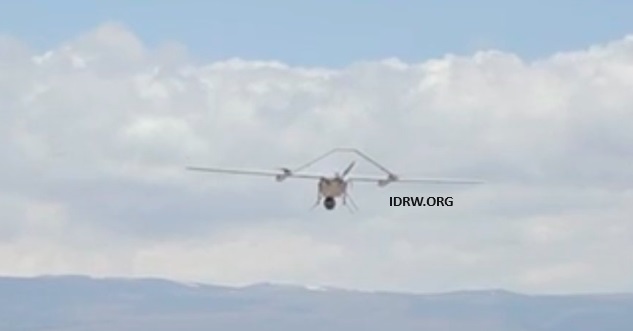
Armenian special forces recently conducted training exercises incorporating both newly acquired French Bastion armored vehicles and a previously unseen type of suicide drone. Visual analysis suggests the drones might be the Tata Advanced Systems Limited (TASL) ALS-50 kamikaze drone from India.
The drone spotted in training exercises bears a striking resemblance to the TASL ALS-50. This fixed-wing loitering munition boasts an impressive range exceeding 50 kilometers. After launch, the ALS-50 transitions to a fixed-wing configuration and homes in on its target. With a 3.8-meter wingspan, it can deliver a significant payload – up to 6kg of anti-personnel or anti-tank weaponry. The lightweight composite construction and 100km/h cruise speed make the ALS-50 a potentially significant addition to the Armenian arsenal.
Continue readingSOURCE: AFI

Dr. Samir V. Kamat, Secretary of Defence Research and Development (DD R&D) and Chairman of the Defence Research and Development Organisation (DRDO), recently addressed a critical issue facing India’s defence sector. He pointed out that the private sector is currently shouldering much of the burden of funding research and development (R&D) in defence
Dr. Kamat emphasized the need for government intervention and allocation of funds to support these crucial R&D activities, expressing optimism that the situation would improve over the next 5-6 years as the Indian Armed Forces increasingly rely on indigenous solutions for their weapon and system requirements.
Continue readingSOURCE: AFI

The journey began with the vision of physicist Homi Bhabha, who convinced Prime Minister Nehru to invest in nuclear technology despite international disapproval. India’s first Peaceful Nuclear Explosion (PNE) in Pokhran in 1974 marked a significant achievement, but it also triggered international condemnation. The IAEA, world powers, and even some fuel suppliers distanced themselves from India.
By the late 1990s, India’s security concerns escalated, leading to further nuclear tests in 1998. This resulted in exclusion from crucial nuclear groups like the NSG (Nuclear Suppliers Group) and CTBT (Comprehensive Test Ban Treaty). However, India responded by formulating a distinct nuclear doctrine.
Continue readingSOURCE: AFI
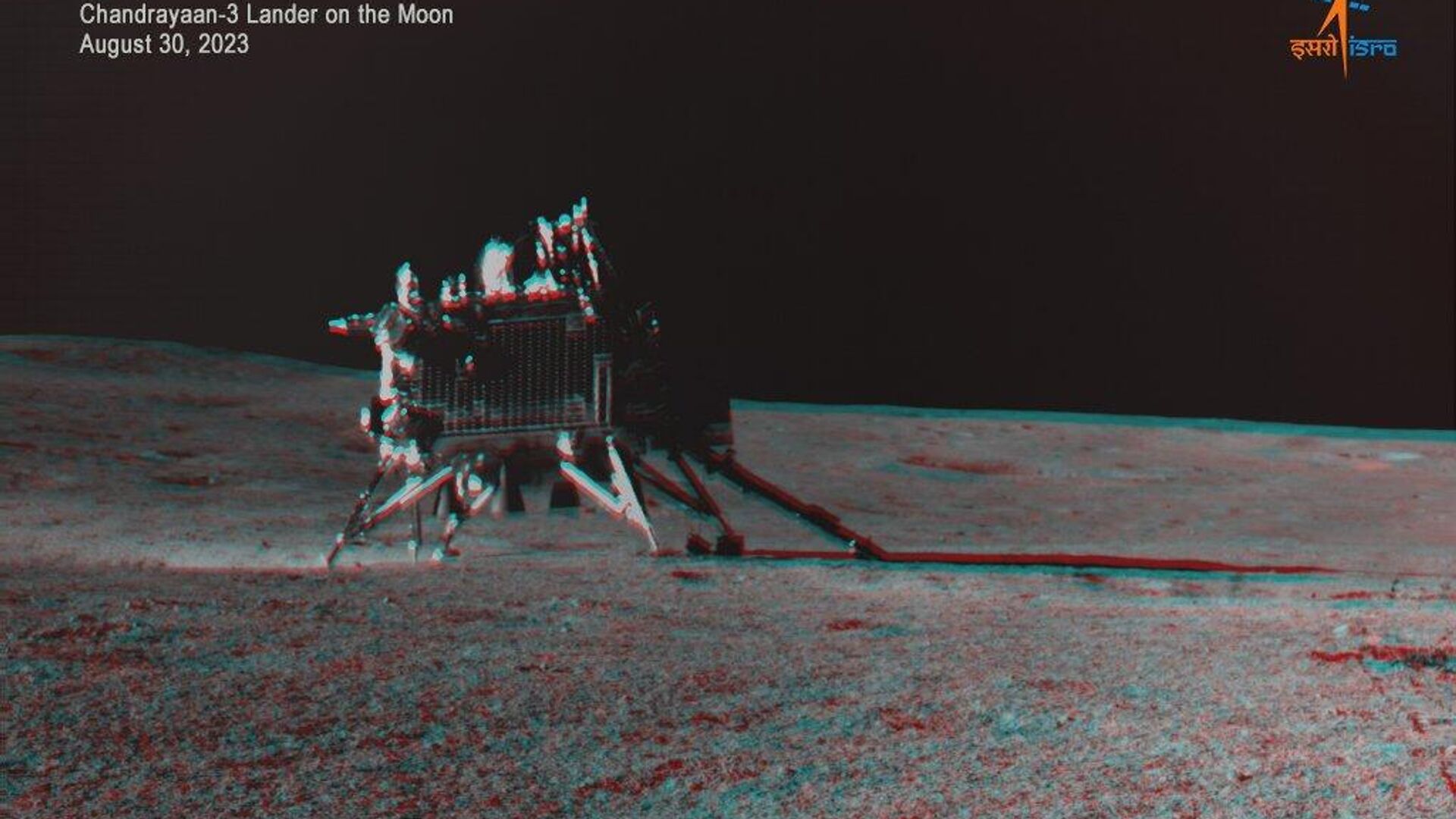
India’s space agency, the Indian Space Research Organisation (ISRO), has made significant strides in space exploration, highlighted by the recent success of the Chandrayaan-3 mission. However, despite its achievements, ISRO faces several internal challenges that hinder its progress toward self-sufficiency. In a candid revelation, a scientist involved in the Chandrayaan-3 project outlined the issues of limited access to advanced technology and insufficient funding, shedding light on why ISRO isn’t yet self-sufficient.
One of the primary challenges ISRO faces is the restricted access to advanced space technology. International collaborations are crucial for the development and enhancement of space technology, yet geopolitical factors and international regulations often limit ISRO’s ability to acquire cutting-edge technology from foreign space agencies and companies. This limitation hampers the agency’s ability to develop and deploy state-of-the-art systems and innovations.
Continue readingSOURCE: IDRW.ORG.
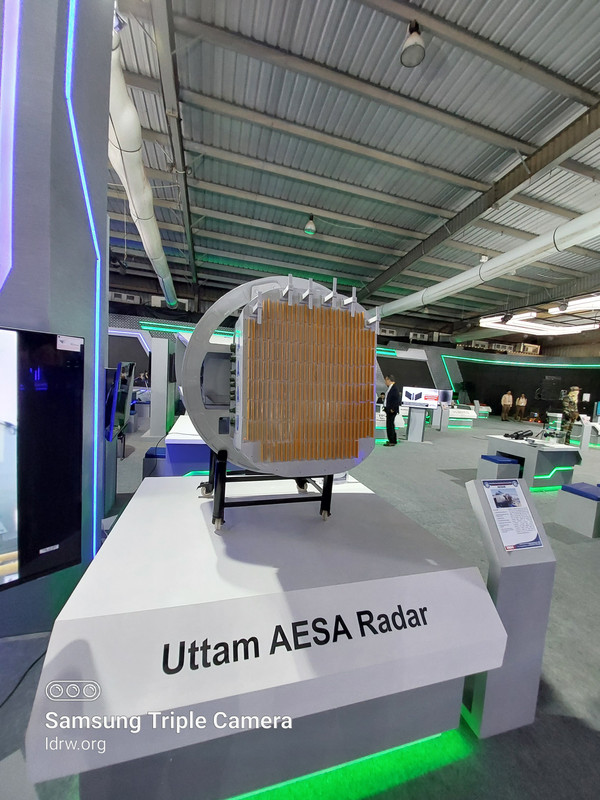
Hindustan Aeronautics Limited (HAL) is making significant strides towards self-reliance with the LCA Tejas Mk1A fighter jet program. As the production scales up from the initial 83 to a potential 97 aircraft, the level of indigenous content is also set to rise progressively.
A key milestone will be reached after the 41st aircraft. HAL plans to integrate the Uttam AESA (Active Electronically Scanned Array) radar, a domestically developed system, onto the Tejas Mk1A. This indigenous radar replaces previously imported options, marking a significant leap in technological independence.
Continue readingSOURCE: IDRW.ORG.
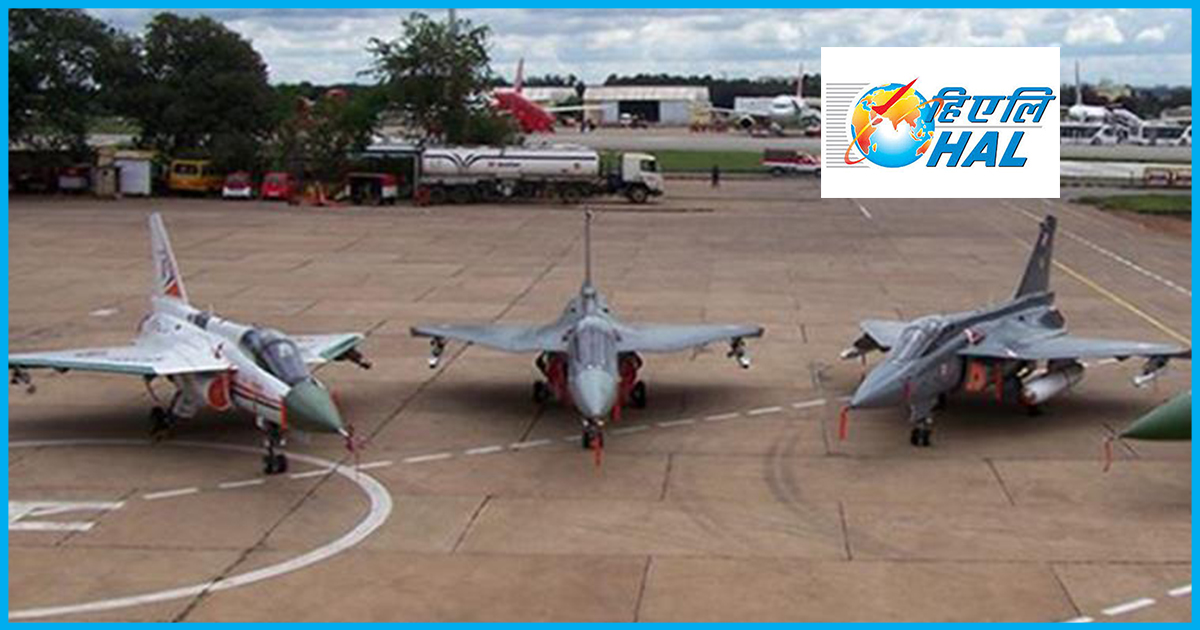
Hindustan Aeronautics Limited (HAL), India’s leading aerospace and defense manufacturer, is outlining a bold new vision for the future. Moving beyond its traditional role of licensed production, HAL aspires to become a full-spectrum technology powerhouse.
A key aspect of this vision is a strong focus on Intellectual Property (IP) rights. HAL is actively seeking to create and own its own intellectual property, fostering a culture of domestic innovation. This shift will equip HAL to develop cutting-edge technologies and solutions for India’s defense needs.
Continue readingSOURCE: AFI
)
In an era where strategic military capabilities are continually evolving, the Indian Air Force (IAF) is redefining its approach to maritime power projection. With the integration of advanced aircraft and cutting-edge technology, IAF officers are increasingly confident that platforms like the SEPECAT Jaguar IM/IS and the multi-role Russian Sukhoi Su-30MKI fighters can deliver more economical and secure maritime strike capabilities compared to traditional aircraft carriers.
The SEPECAT Jaguar IM fleet has long been a cornerstone of the IAF’s maritime strike force. These aircraft, now armed with AGM-84L Block II Harpoon missiles, represent a formidable asset in India’s maritime arsenal. The Harpoon missile, known for its precision and destructive power, significantly enhances the Jaguars’ strike capabilities against naval targets.
Continue readingSOURCE: AFI
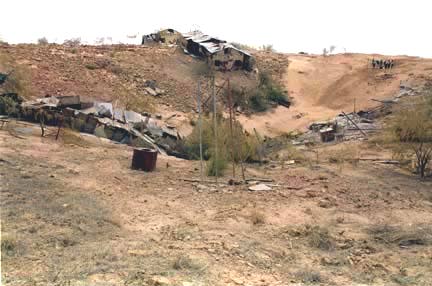
Dr. Rajagopala Chidambaram, a senior scientist during India’s first nuclear test in 1974 and chairman of the Atomic Energy Commission during the tests in 1998, has been a pivotal figure in shaping India’s nuclear landscape. His insights into the global nuclear dynamics highlight India’s unique position in the world of nuclear science and technology.
In a recent discussion, Dr. Chidambaram illustrated the interconnected nature of global nuclear relationships. He described the intricate web of nuclear collaborations and espionage among leading nuclear powers. For instance, since the Manhattan Project, the UK has been closely involved with the US in nuclear activities, forming an “American circle” that includes a smaller “UK circle.” Similarly, there are overlapping nuclear relationships between Russia and China, China and Pakistan, the US and France, and France with Israel and several other countries.
Continue readingSOURCE: AFI

The Indian Army has taken a significant step towards modernization with the launch of “Vidyut Rakshak,” an in-house innovation designed to enhance generator efficiency.
Lt Gen Upendra Dwivedi, Vice Chief of the Indian Army, unveiled the integrated Generator Monitoring, Protection and Control System developed by Major Rajprasad RS of the Corps of Engineers. Vidyut Rakshak marks a milestone achievement, being the first such innovation to transition from concept to mass induction within the Indian Army.
Continue readingSOURCE: AFI

Naval Group India, a key subsidiary of the French naval defense company Naval Group, is actively seeking partnerships with Indian companies to support upcoming defense programs.
In a recent seminar hosted by BRFOnline, Neeraj Aswani, Head Purchase & Sourcing at Naval Group India, emphasized the company’s commitment to India’s Atmanirbhar Bharat (Self-reliant India) initiative.
Continue reading